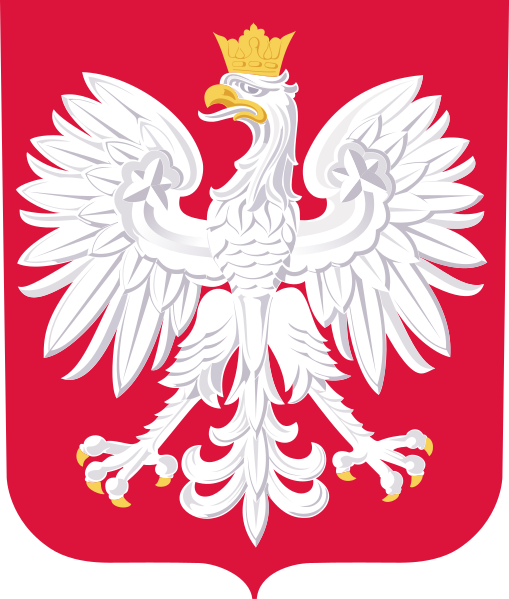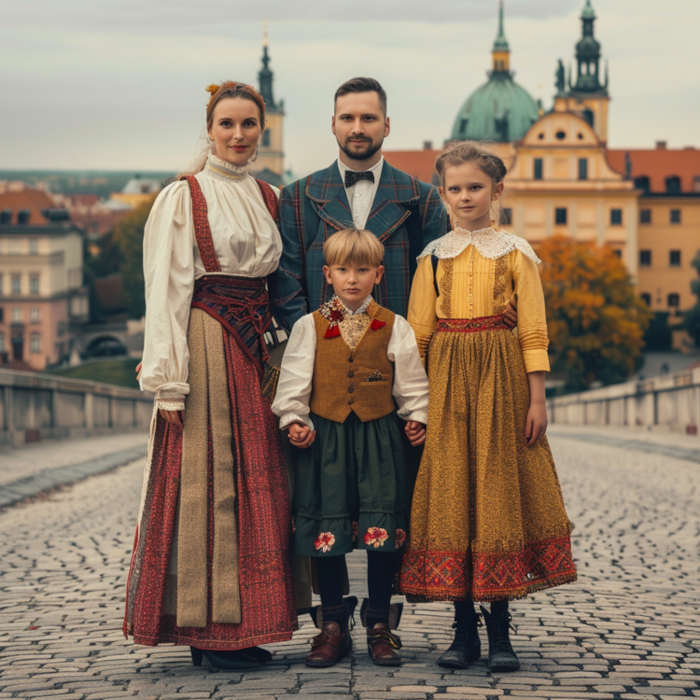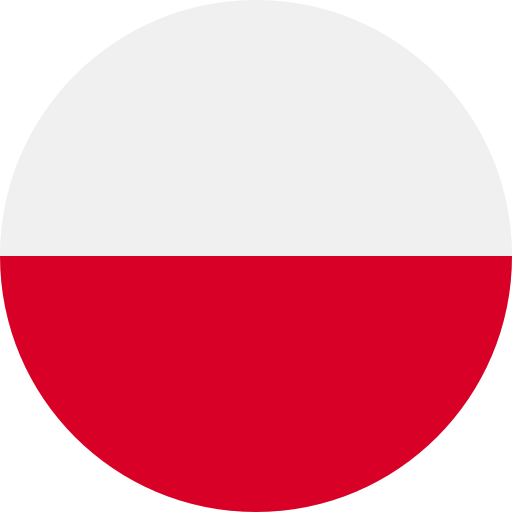About PL

Poland is a country located in Central Europe, bordered by Germany to the west, the Czech Republic and Slovakia to the south, Ukraine and Belarus to the east, and the Baltic Sea, Lithuania, and Russia to the north. It has a population of approximately 38.4 million people and covers an area of 312,679 square kilometers. The capital and largest city is Warsaw.
The official language is Polish and the currency is the złoty. Poland is a parliamentary republic, with a president as the head of state and a prime minister as the head of government.
Poland has a rich history and cultural heritage, with numerous UNESCO World Heritage Sites, including the historic center of Kraków, the Auschwitz-Birkenau concentration camp, and the medieval town of Toruń. The country is also known for its traditional cuisine, which features dishes like pierogi (dumplings), kielbasa (sausage), and bigos (a meat and cabbage stew).
Poland has a diverse economy, with a mix of industry, agriculture, and services. The country is a member of the European Union, NATO, and the United Nations, and maintains close ties with neighboring countries and with the Polish diaspora around the world.

National Culture Objects
Wawel Castle
Wawel Castle in Kraków is one of the most significant historical and cultural landmarks in Poland. It symbolizes the country's royal history and architectural heritage.
Pierogi
Pierogi are traditional Polish dumplings filled with various ingredients like meat, cheese, potatoes, and fruit. They represent Poland's rich culinary traditions.
Chopin's Music
Frederic Chopin, the famous composer and pianist, is a national symbol of Poland. His music represents the country's rich cultural heritage and contributions to classical music.
Amber
Polish amber, often referred to as "Baltic gold," is renowned for its beauty and is used in jewelry and decorative items. It symbolizes the natural resources and craftsmanship of Poland.
Traditional Polish Folk Costumes
These vibrant and ornate costumes are worn during festivals and cultural celebrations. They represent Poland's rich folk traditions and regional diversity.
The White Stork
The white stork is a beloved bird in Poland and is often seen as a symbol of good luck and prosperity. It represents the country's natural heritage and wildlife.
Żubrówka Vodka
Żubrówka is a traditional Polish vodka flavored with bison grass, giving it a unique taste. It represents Poland's long history of vodka production and cultural significance.
Kraków's Cloth Hall
The Cloth Hall in Kraków's Main Market Square is a historic trade center and architectural gem. It symbolizes Poland's rich mercantile history and cultural heritage.

The national anthem of Poland is called "Mazurek Dąbrowskiego", which translates to "Dąbrowski's Mazurka" in English. The anthem was written in 1797 by Józef Wybicki and originally titled "Pieśń Legionów Polskich we Włoszech" ("Song of the Polish Legions in Italy"). It was first performed publicly in 1800.
The anthem is a patriotic call to arms, celebrating the struggle for independence and the valor of the Polish people. The chorus of the anthem is as follows:
"Jeszcze Polska nie zginęła,
Kiedy my żyjemy.
Co nam obca przemoc wzięła,
Szablą odbierzemy."
Translated into English, the chorus means:
"Poland has not yet perished,
So long as we still live.
What the alien power has taken from us,
We shall retrieve with a sabre."
The anthem is typically played at important state occasions, such as Independence Day and Constitution Day, as well as at the beginning and end of radio and television broadcasts.


